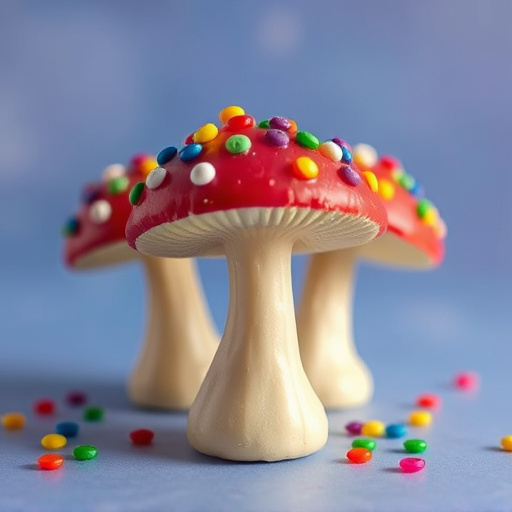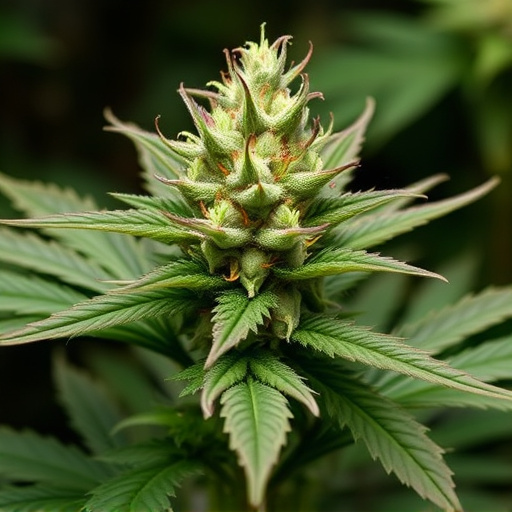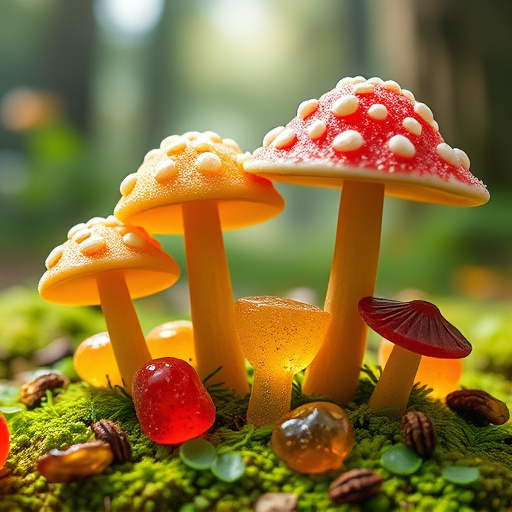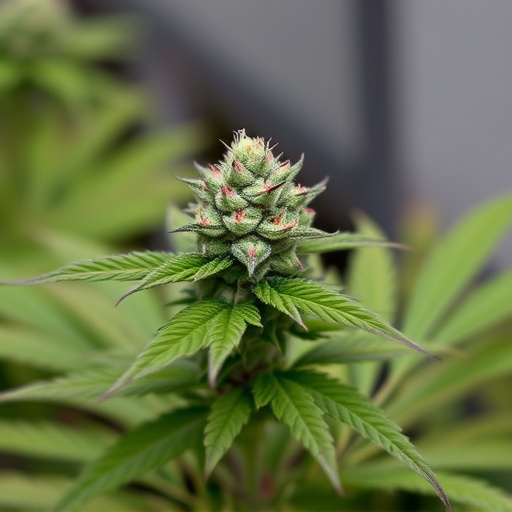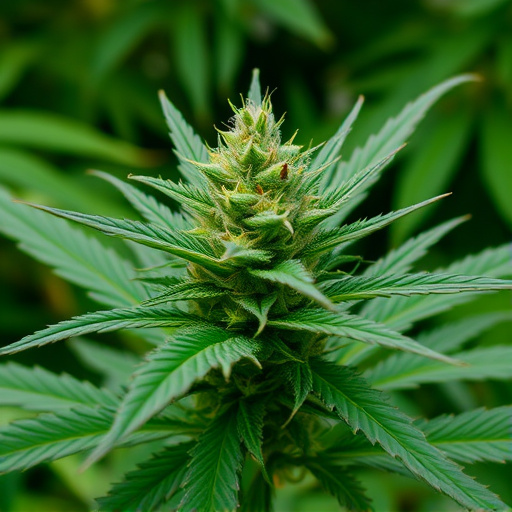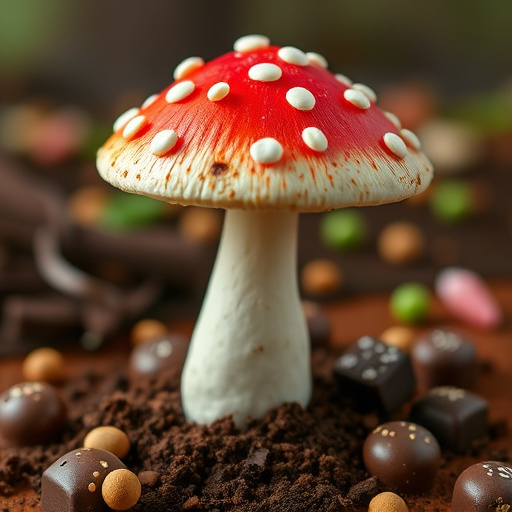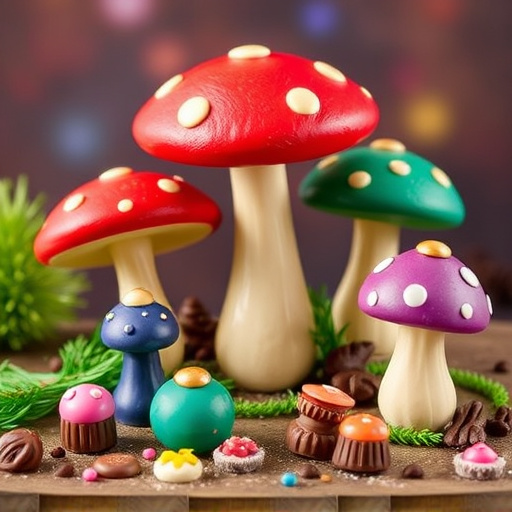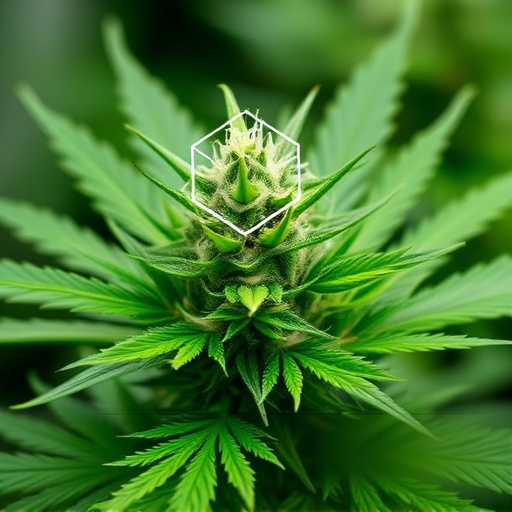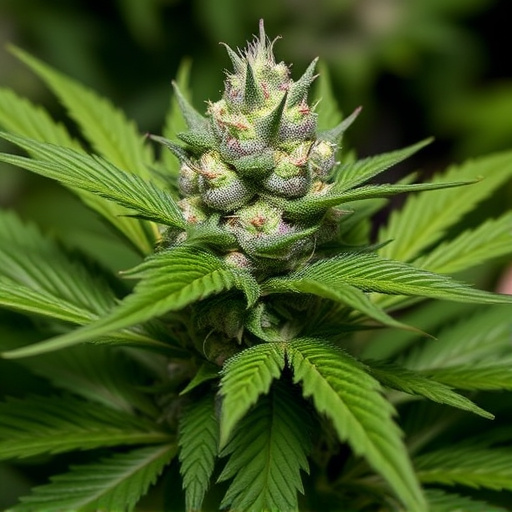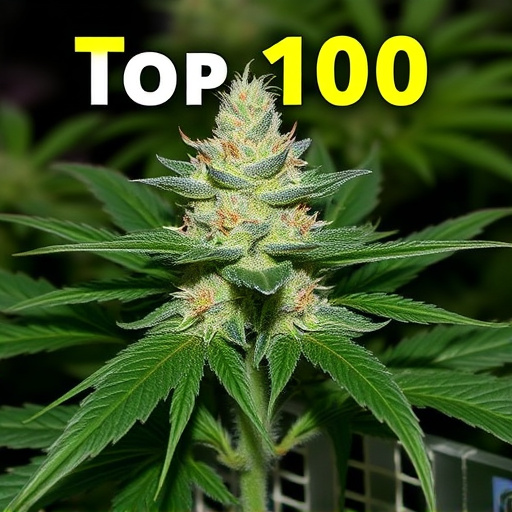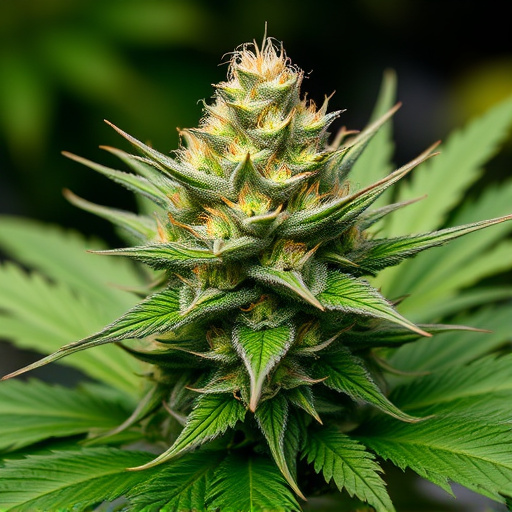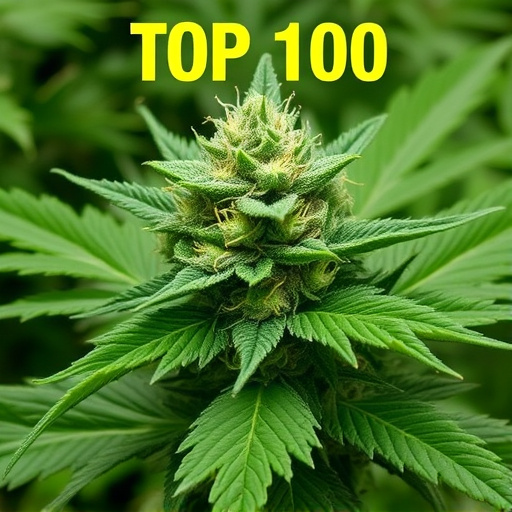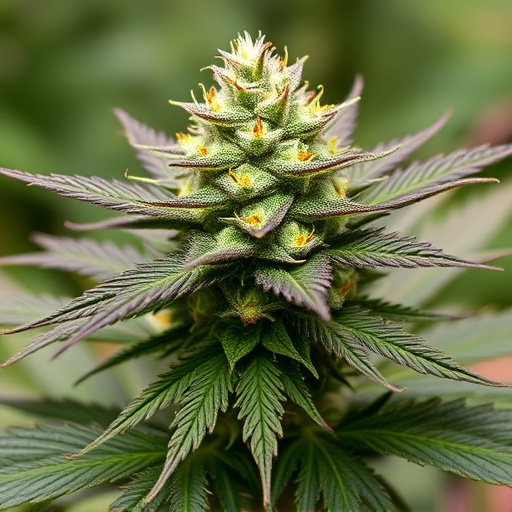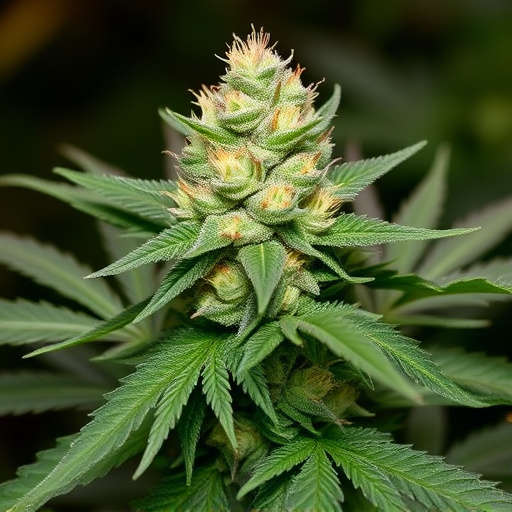The potent power of cannabis buds stems from a complex interplay between genetics and environmental factors, crucial for both growers and consumers. Genetic diversity creates varying terpene profiles and cannabinoid concentrations, while conditions like lighting, temperature, humidity, and soil quality subtly influence potency levels. Mastering cultivation practices is key to maximizing potential, ensuring consumers receive the desired intensity and therapeutic benefits from top 100 cannabis strains. The ideal harvest time, indicated by vibrant colors, followed by proper curing, extends shelf life and preserves potency, aligning with the unique profiles and effects associated with these renowned strains.
“Uncover the secrets behind cannabis flower potency and how it can transform your experience. In this comprehensive guide, we explore the factors that impact its effectiveness, from environmental conditions and harvest techniques to genetic variations among strains. Delve into our expert analysis of the top 100 cannabis strains, their potency profiles, and unique characteristics. Additionally, discover practical methods to preserve and enhance potency, ensuring a consistent and enjoyable journey through this versatile plant.”
Factors Affecting Cannabis Flower Potency

The potency of cannabis flowers, or buds, is a complex interplay of various factors that can significantly impact their effectiveness and desired effects. Understanding these elements is crucial for both growers and consumers, especially when considering the diverse range available in today’s market, including the top 100 cannabis strains renowned for their unique characteristics.
One of the primary influences on potency is the plant’s genetic makeup. Different cannabis strains are bred with specific traits in mind, leading to variations in terpene profiles and cannabinoid concentrations. Terpenes, aromatic compounds responsible for the distinct smells and flavors, also play a role in modulating the effects of cannabinoids like THC and CBD. Additionally, environmental conditions during growth, such as lighting, temperature, humidity, and soil quality, can subtly alter the final potency levels. Proper cultivation practices are essential to ensure that cannabis flowers reach their maximum potential, offering consumers the desired intensity and therapeutic benefits.
– Environmental Conditions
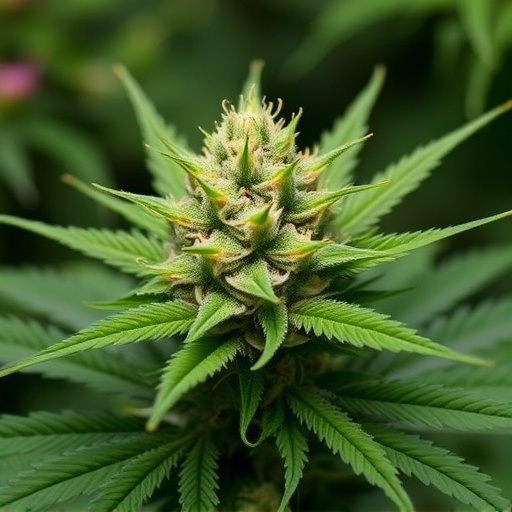
Cannabis plants, much like any other, are sensitive to their environment, and this significantly impacts their overall growth and potency, especially during the flowering phase. In the world of cannabis cultivation, environmental conditions play a pivotal role in determining when and how potent the final product will be. Factors such as temperature, humidity, light intensity, and ventilation can either enhance or diminish the plant’s ability to produce desirable cannabinoids like THC and CBD.
For instance, optimal growing conditions, characterized by consistent temperatures around 21-27°C (70-80°F) and relative humidity levels between 40-60%, are known to stimulate robust cannabinoid production. Conversely, extreme variations in temperature or humidity can stress the plants, leading to a decrease in potency as the cannabis flowers mature. Interestingly, this is one of the key factors that distinguish top 100 cannabis strains, with many cultivators meticulously controlling these environmental variables to achieve consistent, high-quality yields.
– Harvest Time and Method
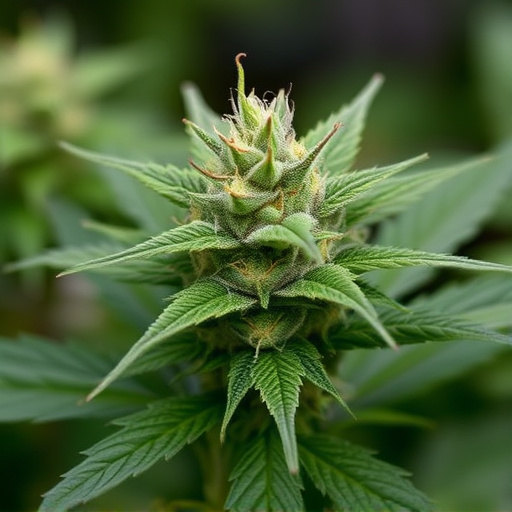
When it comes to harvesting cannabis, timing is everything. The optimal moment to pick your plants is when the flowers have fully matured and turned a vibrant, rich color—typically a deep emerald green for Indica strains and a lighter green for Sativas. This usually occurs between 8-12 weeks after vegetative growth begins, but precise timing depends on the specific strain and growing conditions.
The method of harvest also plays a crucial role in maintaining potency. Hand harvesting ensures only the ripest flowers are selected, allowing for a higher concentration of cannabinoids. After harvesting, proper curing is essential. This process involves hanging dried buds in a cool, dark place for several weeks to allow resins to harden and flavors to meld. When done right, this can extend the shelf life of your cannabis, preserving its potency as part of the top 100 cannabis strains known for their unique profiles and high-quality effects.
In understanding when cannabis flower potency wanes, it’s clear that various factors play a significant role. From environmental conditions to harvest techniques, these elements contribute to the overall quality and strength of cannabis strains. As consumers seeking the top 100 cannabis strains, awareness of these factors empowers us to make informed choices. By optimizing cultivation practices, growers can ensure that the cannabis flowers they produce maintain their potency, providing users with the desired effects and enhancing the overall experience.
